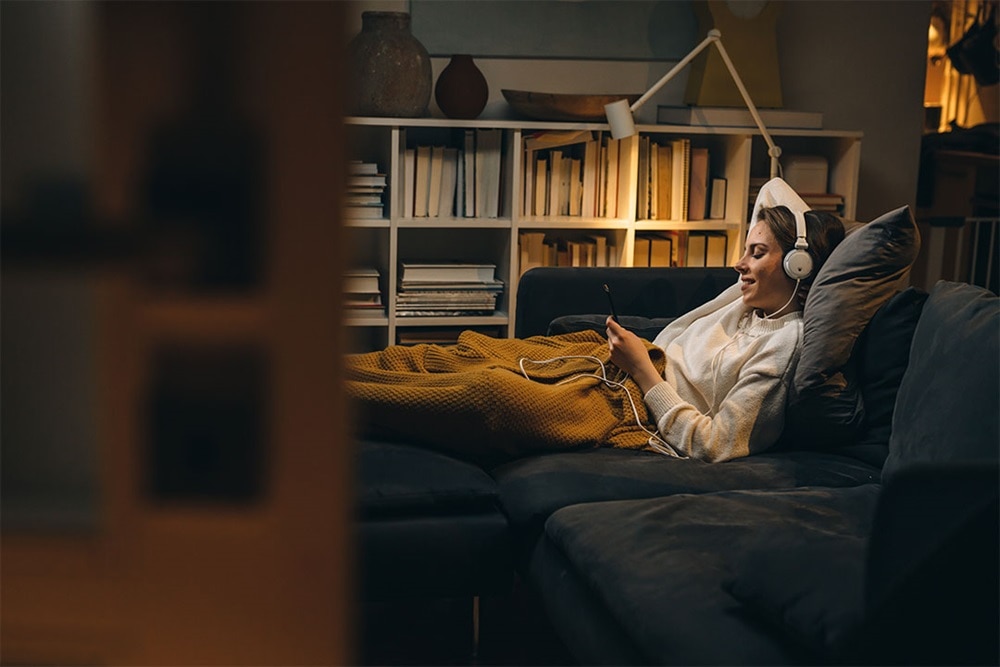Ecodesign: EU directives for sustainable products

From its manufacture to its disposal, every product has an impact on our environment. The idea of eco-design therefore revolves around keeping these impacts as low as possible. So it's not about appearance, it's about energy and resource efficiency. With a comprehensive Ecodesign Directive, the EU sets out the requirements for ecologically sound product design.
In the end, everyone should benefit from this: manufacturers, consumers – and of course the environment.
Designing sustainable products
Electronic and digital devices are part of our everyday lives. It is perfectly clear that they consume energy. Usually this is also an important factor in the purchase decision. After all, energy costs money, so the technology should be as efficient and economical as possible.
But the resource and energy consumption that has to be spent in the manufacture of such devices is often less present. According to the Fraunhofer Institute for Reliability and Microintegration (IZM), for example, the production of a large flat-screen TV produces around one ton of CO2 equivalents.

Sustainable design should therefore help to consume less energy and reduce emissions. By 2030, the European Commission expects to save 167 terawatt hours of energy annually through the Ecodesign Directives – equivalent to the annual energy consumption of Denmark.
What's in ecodesign?
Configuration according to ecological guidelines is designed to reduce negative environmental impacts – over the entire life cycle of products. Greater resource and energy efficiency are intended to achieve environmentally friendly design.
Since 2009, the EU Ecodesign Directive 2009/125/EC has been decisive for the requirements that "energy-related products" must meet for this objective.
Ecodesign is a holistic concept in which product-related resource efficiency is understood very comprehensively. The goal is therefore not simply to use less material and less energy in production.
General ecodesign requirements
The ecodesign requirements go much further and therefore also include aspects such as durability (in terms of service life), recyclability, repairability, expandability, the use of secondary materials and much more.
The EU's Ecodesign Directive 2009/125/EC summarizes these aspects under the general requirements. This includes, for example, providing consumers with information about the environmentally friendly operation of a product. Or the analysis of a product over its entire life cycle to make it different or better.

Specific ecodesign requirements
For this purpose, special requirements must be met, for which there are product-specific limit values. These regulate, for example, the maximum energy consumption or how high the proportion of recycled materials must be.
If the minimum requirements cannot be met, the affected products can no longer be sold in the EU – just like incandescent lamps that have been withdrawn from the European market since 2009. New products that do not meet the requirements do not even come onto the market.
Which products does the Ecodesign Directive apply to?
More innovation through eco-design
The Ecodesign Regulations pay attention to technological neutrality. Although concrete objectives are formulated but the way forward has not yet been defined in the regulations.
This means that manufacturers have "creative leeway" in the implementation of the respective requirements. In this way, innovative solutions should be provided with a good basis.
Whether the solutions meet the ecodesign requirements is checked with the help of harmonised standards. A DIN EN series of standards also provides manufacturers with significant indications for taking into account all relevant product-specific aspects of material efficiency – but they are not instructions for sustainable products.

